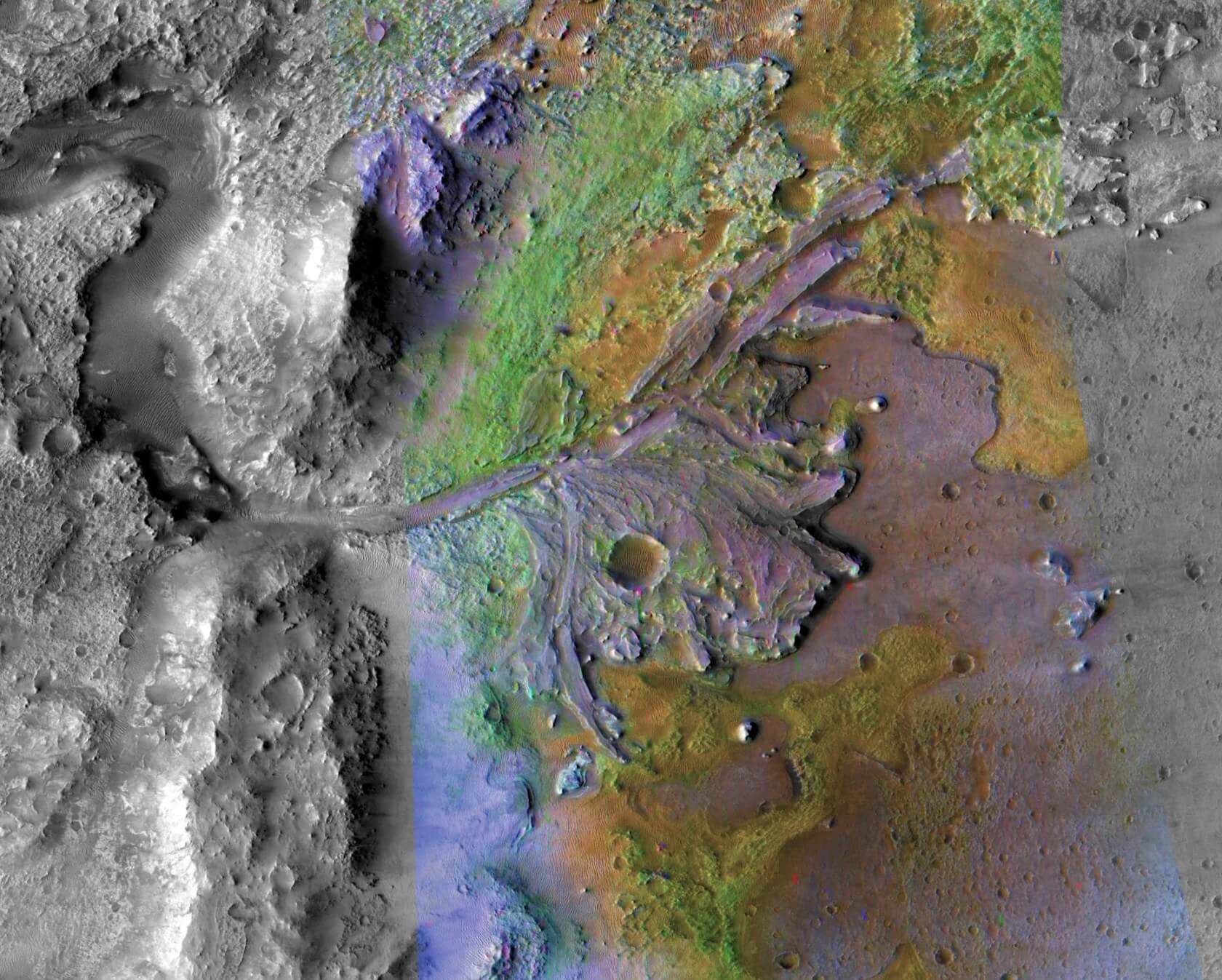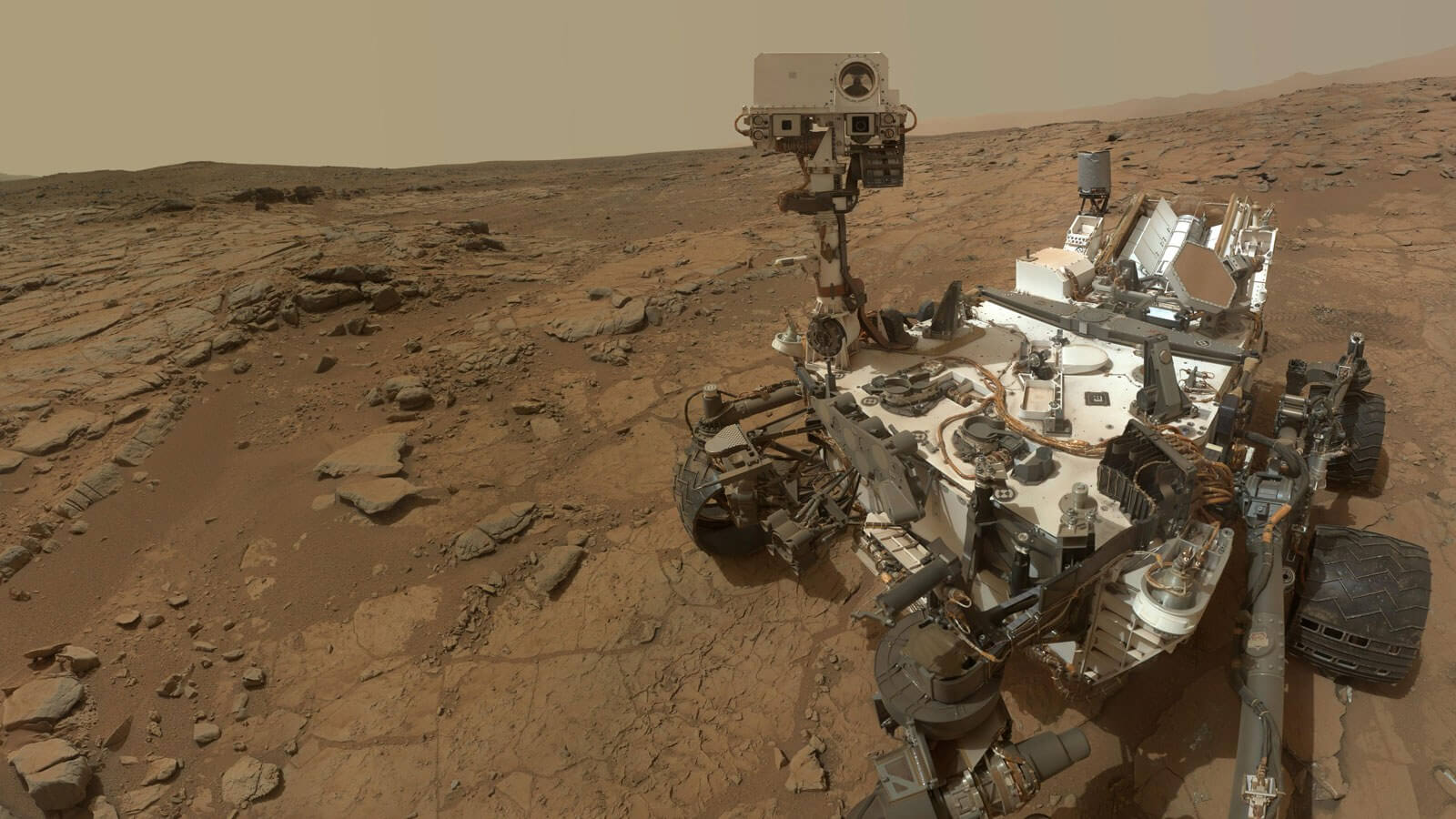Forward-looking: While it remains to be seen whether or not humans will ever establish long-term colonies on Mars, that doesn't mean organizations like NASA aren't exploring the Red Planet. Today, the space agency published a blog post announcing that it has selected a landing zone for its upcoming 2020 rover mission.
The mission, scheduled to take place in July, will see NASA's latest rover land in the Jezero Crater, a giant "impact basin" just north of Mars' equator. The rover's primary job is to scour the crater for rock and soil samples, which can eventually be sent back to Earth for analysis.
NASA says the purpose of this analysis is to answer "important questions" regarding Mars' unique planetary evolution and astrobiology. Furthermore, it may give scientists some clues about the planet's capacity to support life, due to Jezero Crater's unique history - scientists believe the crater was once home to an "ancient lake-delta system." With a little luck, NASA's rover could obtain samples from rocks in the region that still retain "signatures of past life."

Obviously, there's no guarantee that any such findings will turn up, but from NASA's point of view, it's worth trying. If life ever existed (or still exists) on Mars, the Jezero Crater is simply the best place to start looking for proof of it - for now.
It's also worth noting that, according to NASA, the Jezero Crater mission has been a long time coming; the location wasn't picked at random.
"The Mars community has long coveted the scientific value of sites such as Jezero Crater, and a previous mission contemplated going there, but the challenges with safely landing were considered prohibitive," NASA's 2020 mission project scientist Ken Farley said in a statement. "But what was once out of reach is now conceivable, thanks to the 2020 engineering team and advances in Mars entry, descent and landing technologies."
We'll probably be waiting quite some time for the mission's results, but for now, cautious optimism might be warranted.
